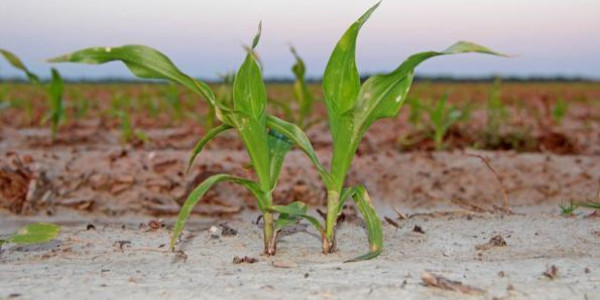What effect will the historical wealth effect in agriculture have on farm debt and leverage if farm incomes fall dramatically? Since 2009, wealth in the U.S. farm sector has surged along with booming farmland values. In the latest issue of the Main Street Economist , Omaha Branch Executive Jason Henderson and Nathan Kauffman, economist, explore the historical wealth effect in agriculture and what it could mean for farm debt and leverage if farm incomes fall dramatically. Similar to nonfarm households, farm enterprises historically have used wealth to support consumption and investments when income fades. During years of low income, instead of allowing investments to fall with profits, farmers tap their existing wealth to finance and maintain their capital investments near previous levels. Historically, the sharp accumulation of debt has preceded financial crises. Henderson and Kauffman point to the 1970s as the clearest example of the wealth effect in U.S. agriculture. A surge in U.S. exports in 1972 led to a doubling of U.S. crop prices and a spike in farm profits. Although farm profits quickly retreated, farmers accelerated their investments, and capital spending did not peak until 1979. In 2013, historically high farm incomes are projected to keep U.S. farm debt and leverage low. Yet, longer term projections suggest that farm incomes could fall dramatically in 2014. If agriculture’s historical wealth effect holds true, farm enterprises might use existing wealth to finance and smooth investment spending, sowing the seeds for another round of debt accumulation. The article is available at www.kansascityfed.org/publications/research/mse . Taylor Scott International
New Report Examines Ag Wealth Effect On Farmland Values

This entry was posted in Investment, investments, News, Property, Taylor Scott International, TSI, Uk and tagged chat, debt, dramatically, effect, green, investment, news, press-releases, property, report. Bookmark the permalink.







